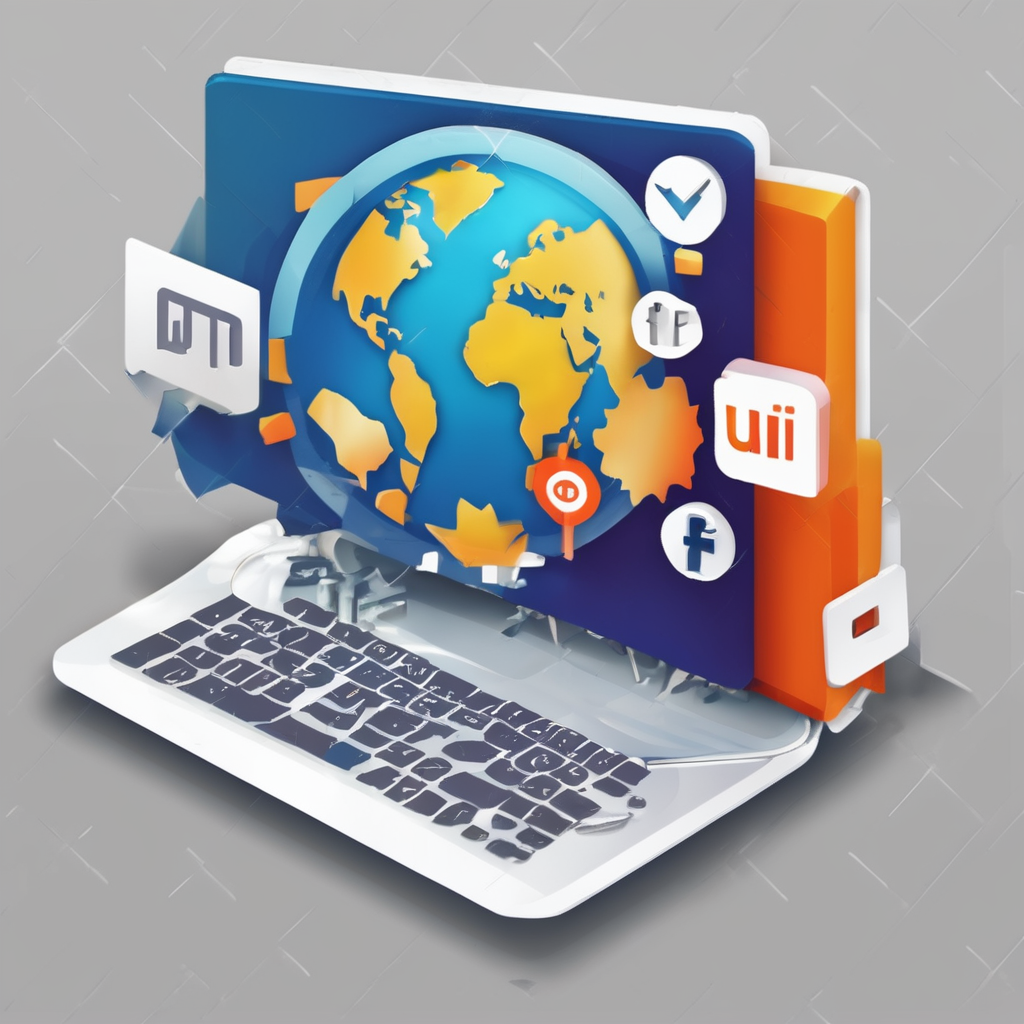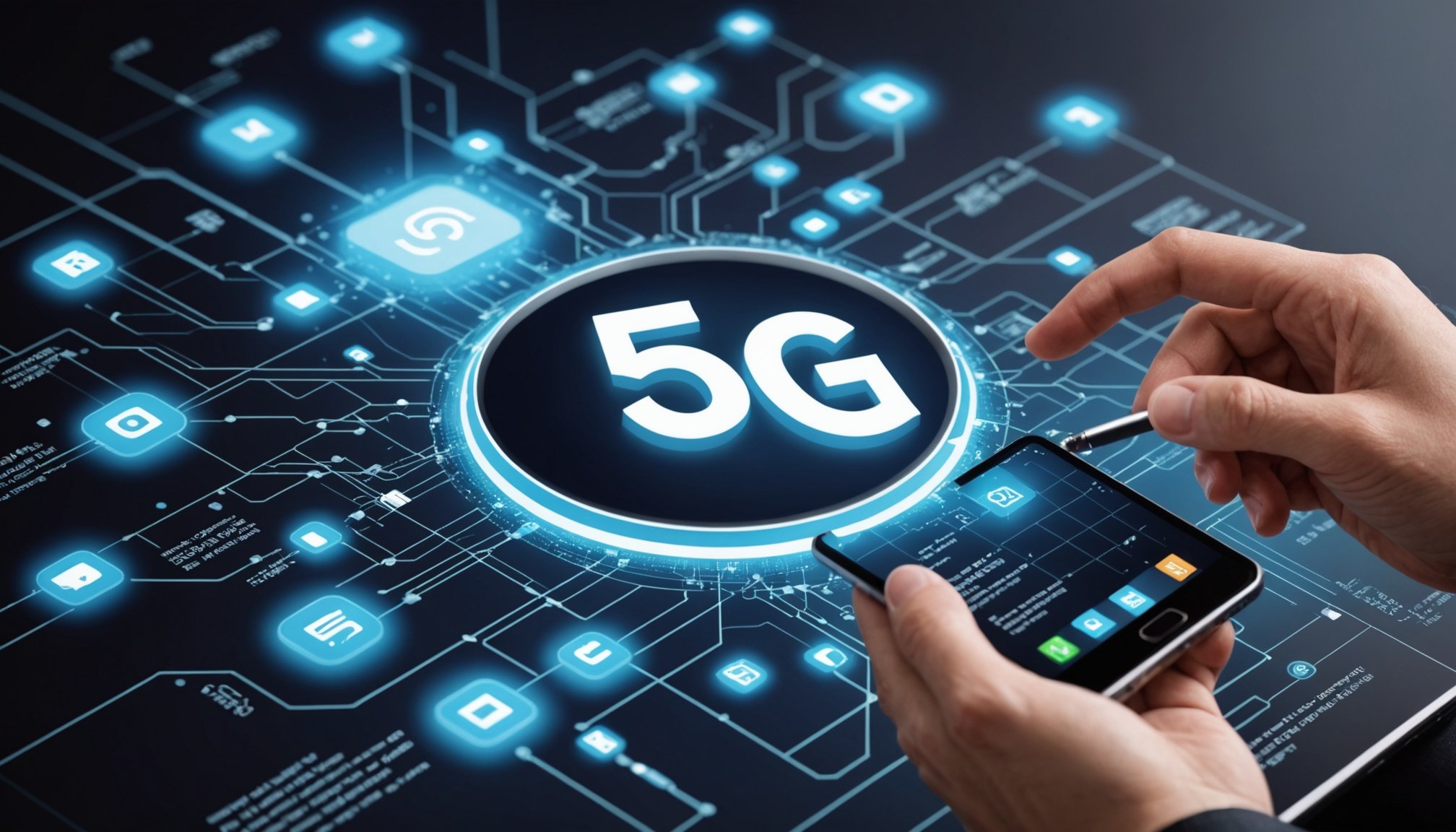Understanding 5G Technology
5G technology represents the fifth generation of mobile connectivity, marking significant improvements over its predecessors, notably 4G and 3G. At its core, 5G offers enhanced network performance characterized by higher data transfer speeds and reduced latency. This results in more efficient use of spectrum resources, allowing for a greater number of devices to connect simultaneously without sacrificing speed or reliability.
Comparison with Previous Generations
When compared to 4G, 5G technology provides a substantial leap in speed, potentially reaching up to 20 Gigabits per second, compared to the 1 Gigabit per second typical of 4G. This enhancement enables activities such as streaming ultra-high-definition video content and executing complex mobile connectivity tasks with minimal delay.
In parallel : Exploring the upsides and hurdles of embracing a remote-first work culture
3G networks, predominantly supporting basic mobile services and lower data speeds, are now two steps behind this cutting-edge solution. The transition from 3G to 5G not only boosts data rates but also improves network performance through ultra-low latency, providing near-instantaneous communications.
Core Features of 5G
Key features that set 5G apart include the ability to maintain connectivity at high speeds, like those encountered in trains or automobiles. This is accompanied by the potential for new applications in autonomous driving, smart cities, and the Internet of Things (IoT). The transformative potential of 5G lies in its capacity to redefine the speed and quality of wireless communication.
This might interest you : How can businesses boost diversity and inclusion in technology roles?
Impact of 5G on Mobile App Performance
5G technology ushers in a new era for app performance, vastly enhancing the user experience by improving connectivity. With 5G, apps load faster and are significantly more responsive, owing to unmatched data transfer speeds. Reduced latency plays a pivotal role, allowing real-time interactions like never before, vital for gaming and streaming services. Low latency ensures that actions are instant, creating a seamless environment for end-users engaged in interactive experiences.
For instance, gamers can anticipate lag-free gameplay with quicker response times, which is critical in competitive scenarios. Streaming, too, benefits as high-definition content can be delivered smoothly, without the stutter common in previous networks. This is achieved through 5G’s connectivity improvements, connecting diverse devices and platforms with effortless fluidity.
Moreover, 5G promotes seamless connectivity, crucial for businesses that rely on apps for operations across devices and geographical regions. Users expect instant access, and with 5G, this expectation finds its fulfilment. The widespread adoption of this technology could redefine app interaction standards, allowing connectivity to become a non-issue in regions where once it was a significant challenge. Mobile applications are set to become more integral to daily life as 5G unlocks unprecedented opportunities for development and innovation.
Emerging Trends in Mobile App Development
As 5G technology continues to expand, it catalyses mobile app trends that revolutionise user interactions worldwide. A prominent area of growth fueled by 5G is the rise of augmented reality (AR) and virtual reality (VR) applications. These innovative technologies leverage 5G’s network performance for immersive experiences, from gaming to education, enhancing user engagement through real-time data processing and high-definition visuals.
5G also bolsters the integration of the Internet of Things (IoT) in mobile apps, enabling seamless communication between devices. This connectivity leads to advanced home automation, smart city innovations, and enhanced health monitoring solutions. The robust infrastructure provided by 5G fosters real-time data exchange, critical for IoT application viability.
Furthermore, the development of apps that focus on remote collaboration and work is gaining momentum. With 5G, teams can interact across borders seamlessly, making remote working more dynamic and effective. Enhanced connectivity improvement supports high-quality video conferencing and real-time collaboration tools, vital for a dispersed workforce.
These development strategies underscore 5G’s role in reshaping mobile application capabilities, opening up new dimensions for innovation and enhancing how users interact with digital environments.
Case Studies of Enhanced Applications
The transformative potential of 5G technology is best demonstrated through its diverse case studies. In the realm of mobile gaming, 5G has catalysed significant enhancements, eliminating latency issues that plagued earlier networks. Application examples show competitive gaming environments now boast real-time responsiveness, elevating the gameplay experience to new heights.
One success story is that of healthcare applications utilising 5G for telemedicine. With high-speed data transfer and low latency, patient consultations can be conducted with HD video, fostering immediate, reliable connections between patients and healthcare professionals. This innovation ensures timely access to medical expertise regardless of geographical location, revolutionising patient care.
5G-enabled applications in industries such as logistics and manufacturing are equally promising. Real-time tracking and efficient resource management enhance operational efficacy. These case studies underscore the critical importance of mobile connectivity improvements facilitated by 5G, resulting in enhanced network performance across sectors.
Companies embracing 5G demonstrate remarkable improvements, positioning them strategically for future advancements. As these examples illustrate, 5G’s impact extends beyond performance to include broader societal benefits, reshaping industries and driving innovative solutions.
Expert Opinions on 5G’s Future Influence
Industry experts offer keen insights into how 5G technology will transform mobile applications. Predicted technology forecasts highlight 5G’s potential to reshape app monetization models. With enhanced network performance, developers can create premium services with improved user experience, advocating for subscription-based models over traditional one-time purchases. This shift balances user engagement and revenue generation, encouraging sustainable app ecosystems.
Expert insights also suggest 5G’s pivotal role in fostering innovation in app functionalities. The increased mobile connectivity facilitates advanced features like real-time translation and biometric verification. These enhancements, made practical by 5G’s low latency, promise seamless integration into daily app usage, providing users with unmatched interaction quality.
Moreover, the industry contemplates how 5G technology will spur new market opportunities. Emerging economies, previously hindered by connectivity improvement disparities, will benefit significantly. This will level the playing field, enabling developers worldwide to innovate without limitations imposed by the network performance of older technologies.
Overall, 5G’s impact is expected to be profound, driving not only mobile connectivity enhancements but also maximizing the value of future app developments through cutting-edge expert insights and predictions.
Future Innovations in Mobile Applications
The advent of 5G technology is set to revolutionise future app development across the globe. As mobile technology continues to advance, forecasting the next generation of applications involves understanding 5G’s role in shaping new functionalities and interactions. One potential transformation lies in bridging the gap between user privacy and seamless network performance. Developers are prioritising enhanced security measures while leveraging mobile technology to maintain robust data protection.
Global app markets might see a shift due to 5G’s influence, making services more accessible in regions previously hindered by older network structures. This increased mobile connectivity supports varied functionalities, allowing apps to operate uniformly across diverse geographical areas. The worldwide adoption of 5G will encourage innovation, as developers tailor applications that capitalise on high-speed, low-latency environments.
Looking forward, future innovations will likely emphasise network performance while addressing user privacy concerns. This symbiotic relationship will propel mobile applications into new territories, providing richer features that appeal to a wider audience. As the deployment of 5G technology accelerates, app development will shift towards creating solutions that are both innovative and secure, reshaping the digital landscape for years to come.











